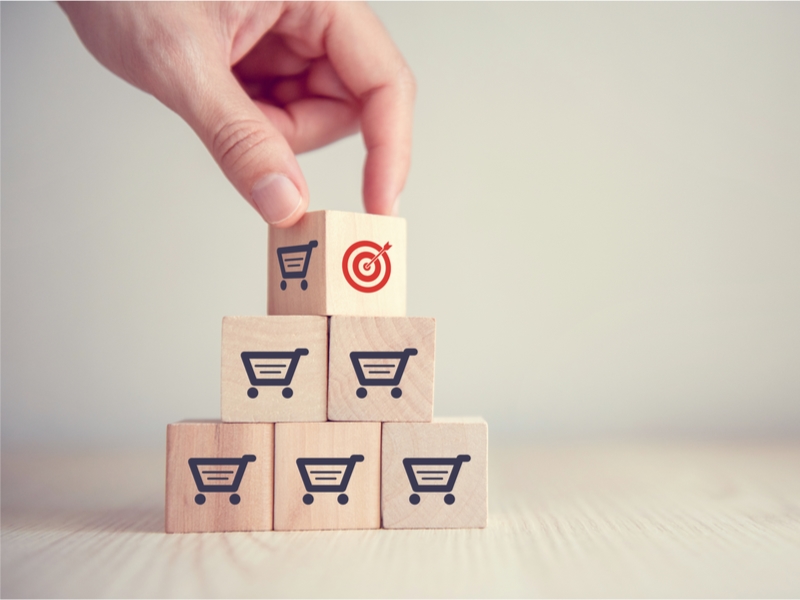John Cradden explains what inbound selling is all about and why it will matter for your business in this digital age.
It’s often said that sales and marketing are two sides of the same coin, and there’s undoubtedly a lot of truth in it. But a transformation has been taking place in the sales and marketing teams of SMEs that has brought these two disciplines even closer together.
Inbound selling is a new, more modern sales methodology that is based on attracting prospective customers to interact with any kind of content created by your company, such as a website blog, online videos, social media posts, or emails.
“In an inbound selling process, the aim of salespeople is to personalise the sales experience to their buyers’ context, and adapt to their buying journey; acting as a kind of trusted consultant or advisor”
The approach recognises that, in this age of digital media and the sheer proliferation of information and marketing materials online, buyers have more power than ever before. They are no longer dependent on salespeople for necessary purchasing decision information.
Inbound v Outbound
Inbounding selling is often best explained by comparing it with outbound selling, which is where the salesperson reaches out to prospective customers through methods like cold calling, emailing or texting them.
Inbounding selling works the other way round, when prospects comes looking for information to help solve a problem or fulfil a certain need, which could happen when they read a blog, attending a webinar, or submit a request for a free consultation or publication. The sales person may then contact them to learn more about their problems and challenges.
In an inbound selling process, the aim of salespeople is to personalise the sales experience to their buyers’ context, and adapt to their buying journey; acting as a kind of trusted consultant or advisor.
Another way to understand the difference between inbound and outbound selling is in who initiates the sales relationship.
Outbound sales processes are started by the sales people while inbound sales are started by the prospect.
Advantages of inbound selling
The advantage of inbound selling is that prospects are much more likely to be aware of your products or services and engaged from the get-go than with outbound selling. It also means less time wasted pitching to people who won’t have an interest or need of what you’re selling.
“Creating a strong inbound selling strategy is difficult since it requires your sales leaders to create a strategy that aligns with the buyer’s journey. All of this takes time, effort, and dedication”
The marketing discipline is crucial in creating the leads in the first place, however. Indeed, inbound marketing is usually the starting point of an inbound sales process by creating and sharing useful, quality, relevant, timely content specifically designed to appeal to your preferred customers.
One illustration of the power of inbounding marketing is LinkedIn research showing that 62% of business to business customers respond to salespeople who connect by sharing content and insights that are relevant to the buyer.
In many ways, an inbound selling process is easier than outbound, but it may take more work upfront, such as to creating a website with a strong SEO ranking, writing high-converting blog posts, and expanding your social media presence to reach new audiences.
Furthermore, in the words of Hubspot advisor and former chief revenue officer Mark Roberge: “Creating a strong inbound selling strategy is difficult since it requires your sales leaders to create a strategy that aligns with the buyer’s journey. All of this takes time, effort, and dedication.”
But he adds that it’s ultimately the easier approach once you’ve created one. “Outbound selling is more time-consuming and challenging because you’re selling to people who haven’t expressed interest in your brand.”
So if you want to introduce an inbound selling approach to your business, you need to continuously create a suite of high-quality, useful content that will attract your target customers, and this will take a bit of time to get it right.
Once you’ve done this, then you can build a sales process centred around the buyer’s journey and its three key phases: awareness, consideration and decision.
Inbound sales actions
As buyers move through these three stages, salespeople have four distinct actions that mirror them:
- Identify potential customers: This is where you engage with the prospects that interact with you and understand their buyer journey.
- Connect with leads: This where you connect with leads to help them decide whether they should prioritise the goal or challenge they’re facing.
- Explore deeper: At this stage, you begin a conversation with the leads to gain trust and explore their challenges in a deeper way to find if your products fit their needs and identify sales opportunities.
- Advise on a solution: When you’re sure that your offering fits the needs of your leads and you have their trust, you show how your product or service is the best solution for their needs. Then the leads become customers.




